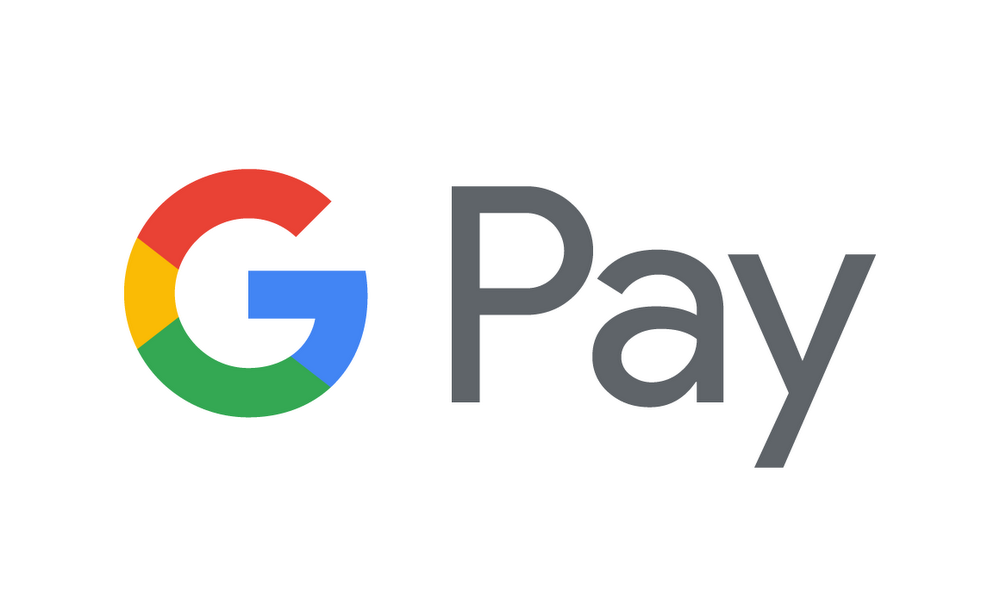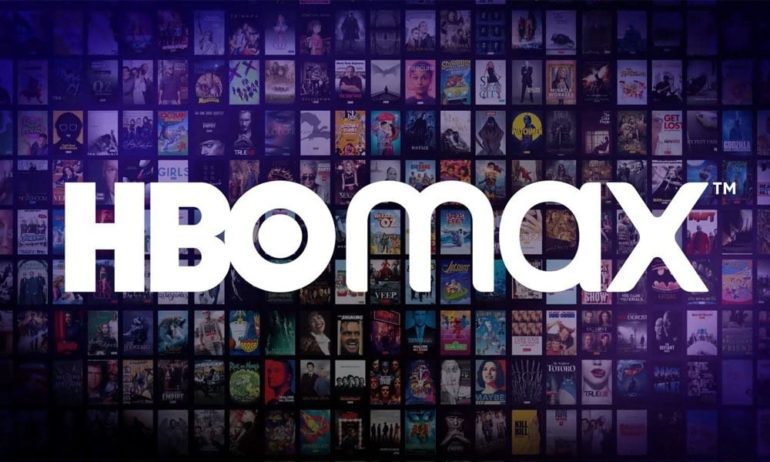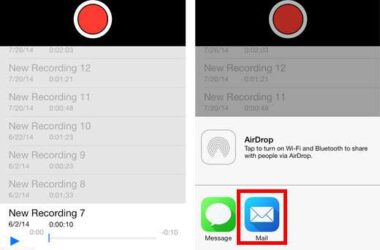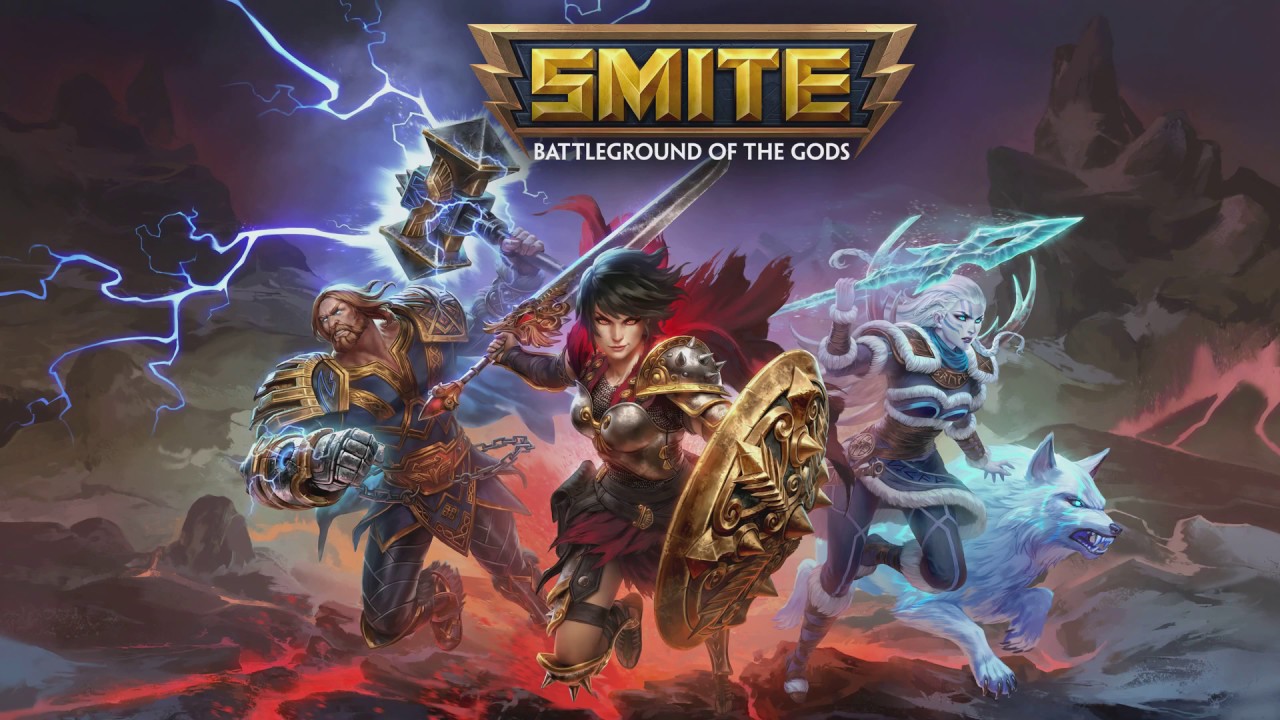Are you encountering the frustrating “Couldn’t Load Plugin” error on Google Chrome? This error can prevent you from accessing certain features and functionalities of the browser. But don’t worry, we’re here to help! In this comprehensive guide, we’ll walk you through various troubleshooting steps to resolve the “Couldn’t Load Plugin” error on Google Chrome.
Understanding the “Couldn’t Load Plugin” Error
The “Couldn’t Load Plugin” error typically occurs when there are issues with the Flash plugin or PDF plugin on Google Chrome. These plugins add additional features and functionality to the browser, but sometimes they can encounter errors, causing the “Couldn’t Load Plugin” message to appear.
Now, let’s dive into the solutions to fix this error and get your Google Chrome back to its optimal performance.
Solution 1: Update Google Chrome
One common cause of the “Couldn’t Load Plugin” error is an outdated version of Google Chrome. To ensure that you have the latest version installed, follow these steps:
- Open Google Chrome.
- Click on the three-dot icon in the upper right corner of the browser.
- Select “Help” and then choose “About Google Chrome.”
- Google Chrome will automatically check for available updates and install them if necessary.
- After the updates are installed, restart Google Chrome and check if the “Couldn’t Load Plugin” error persists.
Solution 2: Update Installed Components
In some cases, outdated plugins can trigger the “Couldn’t Load Plugin” error. To update the installed components, including the Flash plugin, follow these steps:
- Open Google Chrome.
- In the address bar, type “chrome://components” and press Enter.
- A list of installed components will appear. Check if any components require updates.
- If updates are available, click the “Check for update” button next to each component.
- Once all the components are updated, relaunch Google Chrome and check if the error is resolved.
Solution 3: Clear Browser Cache
Corrupted or broken browser cache can also lead to the “Couldn’t Load Plugin” error. Clearing the cache can help resolve this issue. Here’s how to do it:
- Open Google Chrome.
- Click on the three-dot icon and select “More tools.”
- Choose “Clear browsing data.”
- In the “Time range” dropdown menu, select “All time” to clear the entire cache.
- Click “Clear data” to proceed.
- Restart Google Chrome and see if the error persists.
Solution 4: Modify the Plugin File Name
Renaming the plugin file can sometimes fix the “Couldn’t Load Plugin” error. Follow these steps to modify the plugin file name:
- Open File Explorer by pressing Win + E.
- Navigate to the following location: C:Usersuser_nameAppDataLocalGoogleChromeUser Data.
- Locate the PepperFlash folder and delete it.
- Restart Google Chrome and check if the error is resolved.
If the error still persists, you can try renaming the pepflashplayer.dll file. Here’s how:
- Open File Explorer and navigate to C:Program Files (x86)GoogleChromeApplicationversionPepperFlash. (Replace “version” with the latest version number of Google Chrome installed on your computer)
- Find the pepflashplayer.dll file and rename it to pepflashplayerX.dll.
- Restart Google Chrome and see if the error is resolved.
Solution 5: Run the System File Checker (SFC)
Corrupted system files can also cause the “Couldn’t Load Plugin” error. Running the System File Checker (SFC) can help fix these files. Follow these steps to run the SFC scan:
- Press Win + S to open the Windows Search utility.
- Search for “Command Prompt,” right-click it, and select “Run as administrator.”
- In the Command Prompt window, type the command
sfc /scannowand press Enter. - Wait for the scan to complete, and then restart your computer.
- Launch Google Chrome and check if the error has been resolved.
Solution 6: Disable PDF Isolation
Disabling PDF Isolation in Chrome’s settings can sometimes resolve the “Couldn’t Load Plugin” error. Follow these steps to disable PDF Isolation:
- Open Google Chrome.
- In the address bar, type “chrome://flags/” and press Enter.
- Find the “PDF Isolation” option and click the dropdown menu next to it.
- Select “Disable” from the options.
- Restart Google Chrome and see if the error is resolved.
Solution 7: Close Unnecessary Tabs
Having too many open tabs in Chrome can consume a significant amount of memory and affect the browser’s performance, leading to the “Couldn’t Load Plugin” error. Close any unnecessary tabs and try using Chrome again.
Solution 8: Reinstall Google Chrome
If none of the above solutions work, you may need to uninstall and reinstall Google Chrome. This ensures that any potential bugs or issues with the browser are resolved. Follow these steps to reinstall Google Chrome:
- Press the Start button and type “Control Panel,” then hit Enter.
- Select “Uninstall a program” under the “Programs” section.
- Locate and click on “Google Chrome.”
- Click “Uninstall” and follow the on-screen instructions to remove Google Chrome from your computer.
- Visit the Google Chrome website (https://www.google.com/chrome/) and download the latest version of the browser.
- Install Google Chrome and check if the “Couldn’t Load Plugin” error is resolved.
Additional Tips and Troubleshooting
Here are some additional tips and troubleshooting steps you can try if the “Couldn’t Load Plugin” error persists:
- Disable Shockwave Flash: If you have Shockwave Flash installed on your computer, try disabling it to see if it resolves the error. Open Chrome, click the three-dot icon, select “More tools,” choose “Task Manager,” locate and highlight “Shockwave Flash,” and select “End process.” Then, reload Chrome and check if the error is resolved.
- Disable Adobe Flash NPAPI: Some users have reported that uninstalling the Adobe Flash NPAPI plugin resolved the error. Go to the Control Panel, select “Programs,” click “Uninstall a program,” locate “Adobe Flash Player NPAPI,” and click “Uninstall.” Restart Chrome and check if the error persists.
- Use the System File Checker (SFC): If the SFC scan didn’t resolve the error in Solution 5, you can try running it again or use other advanced troubleshooting tools provided by your operating system.
Remember to always keep your Google Chrome browser and its plugins up to date to prevent compatibility issues and errors in the future.
Conclusion
Encountering the “Couldn’t Load Plugin” error on Google Chrome can be frustrating, but with the right troubleshooting steps, you can resolve the issue and get back to browsing without any interruptions. We hope this guide has helped you fix the error and optimize your Google Chrome experience. If you have any further questions or need additional assistance, feel free to reach out to us. Happy browsing!








